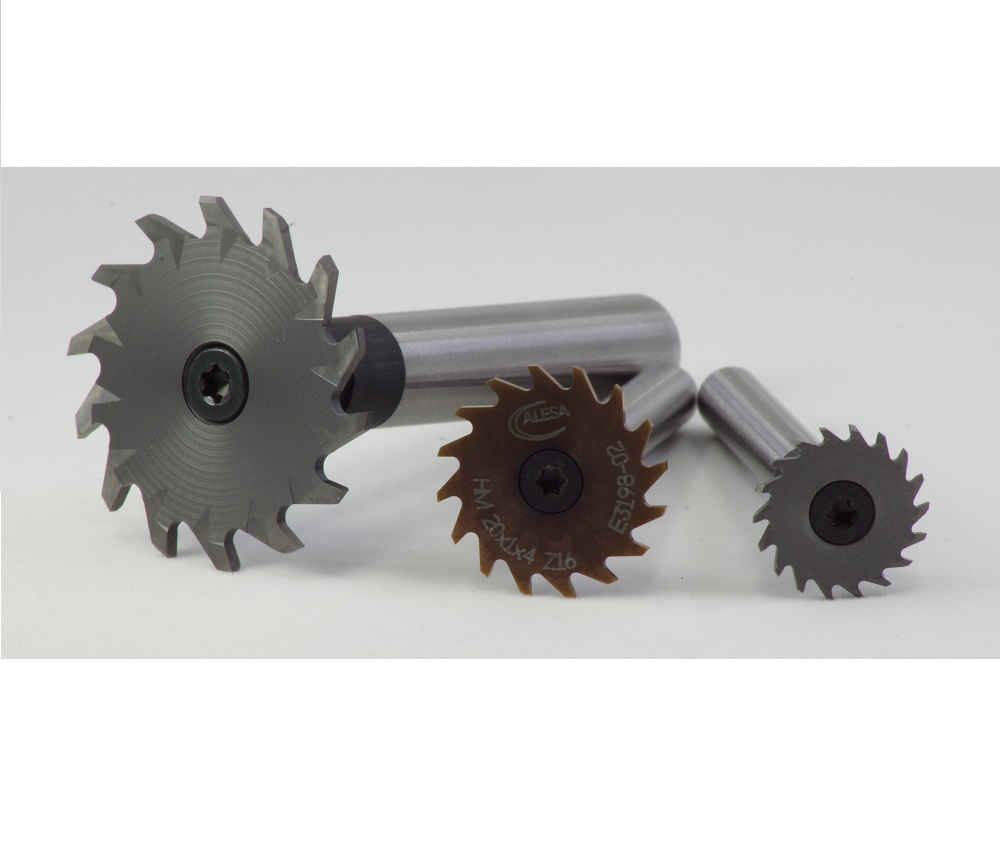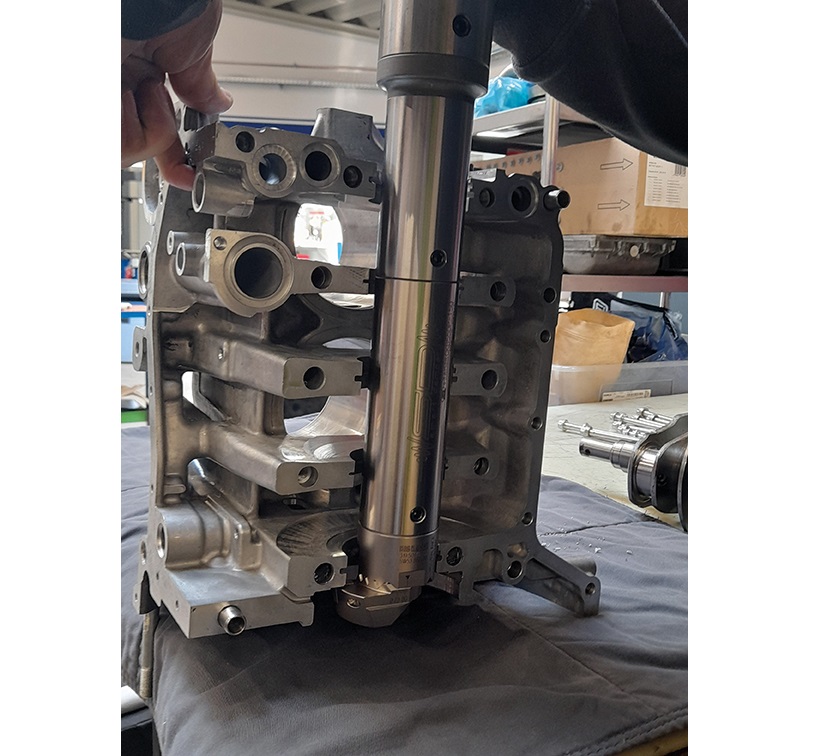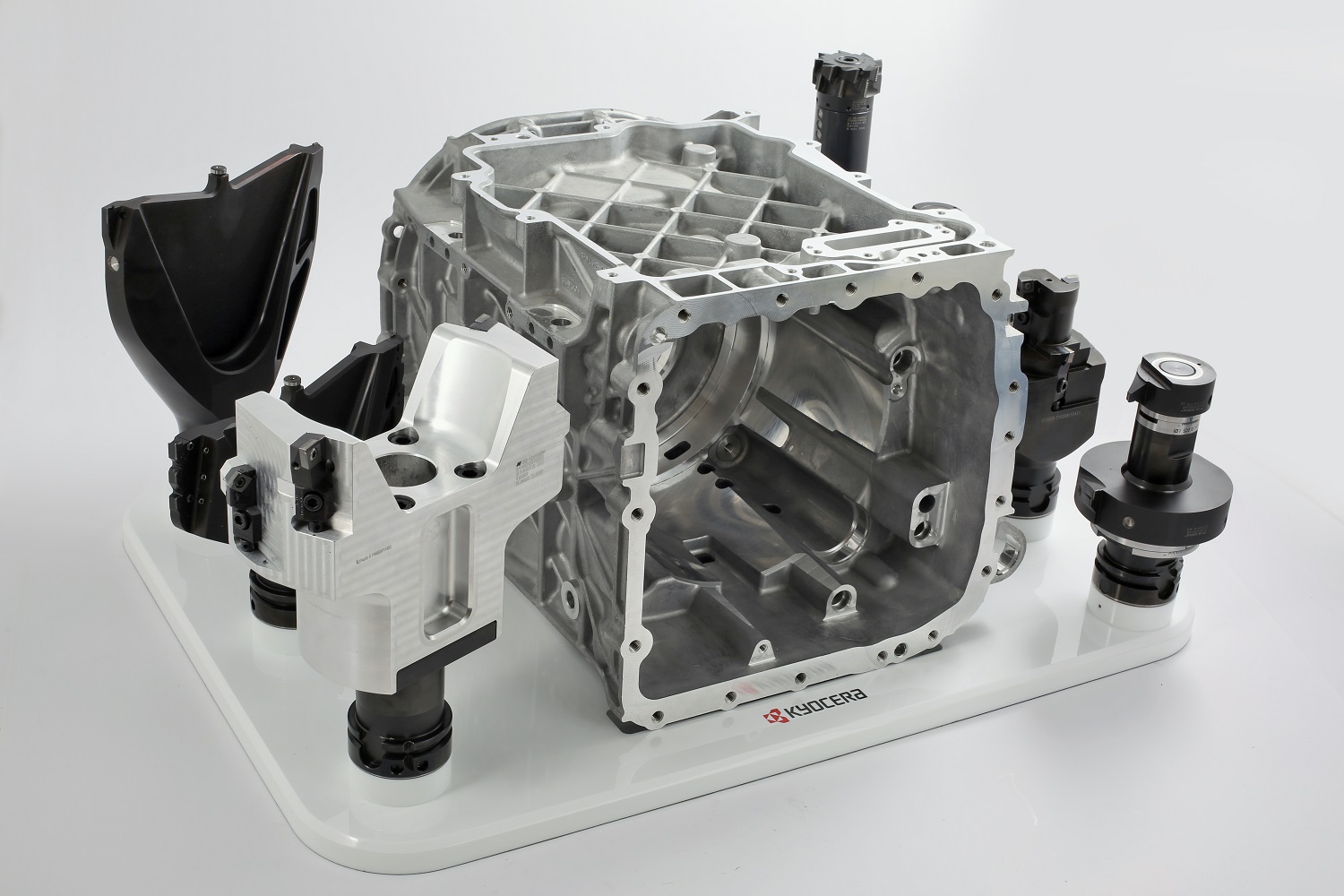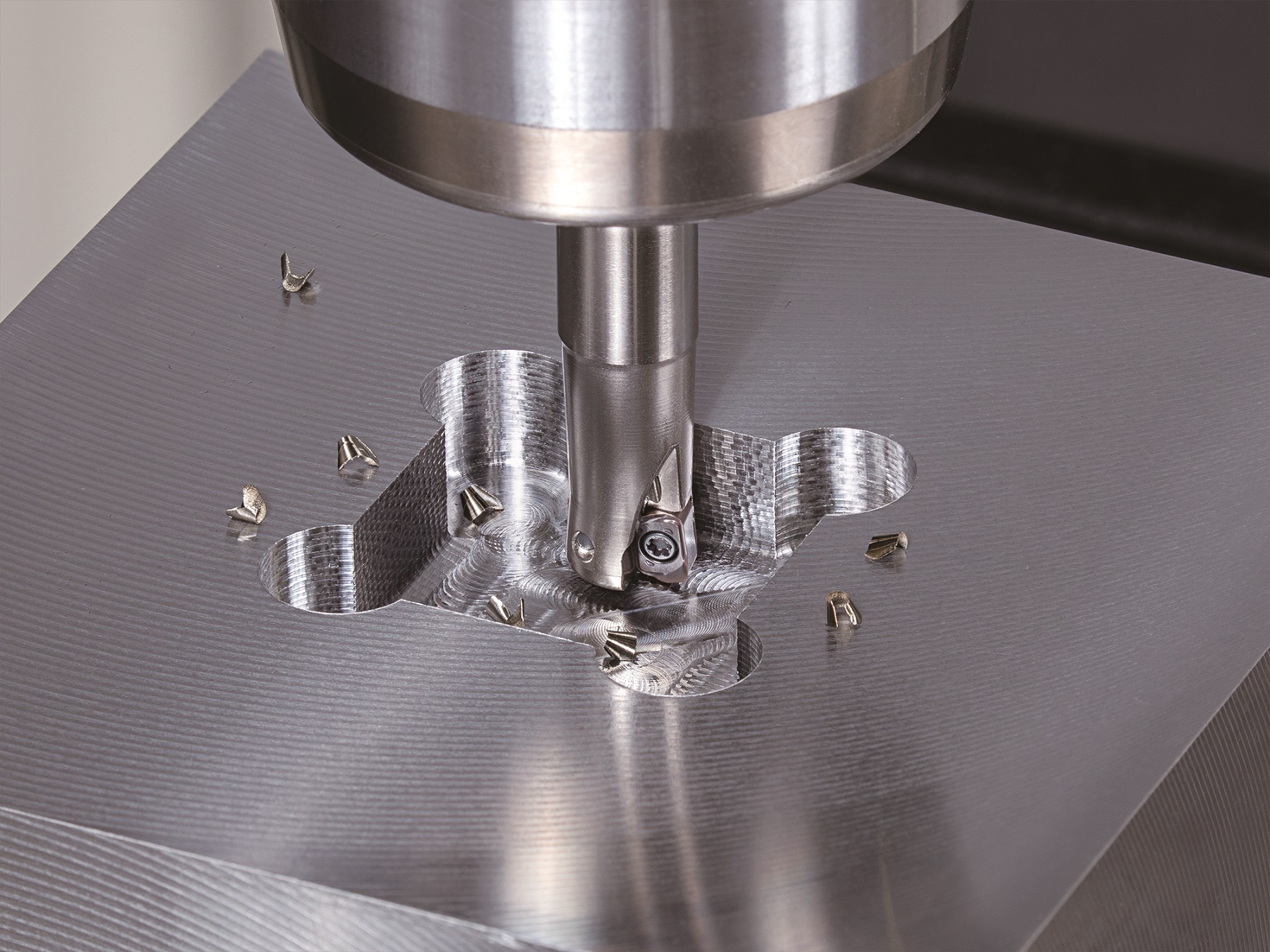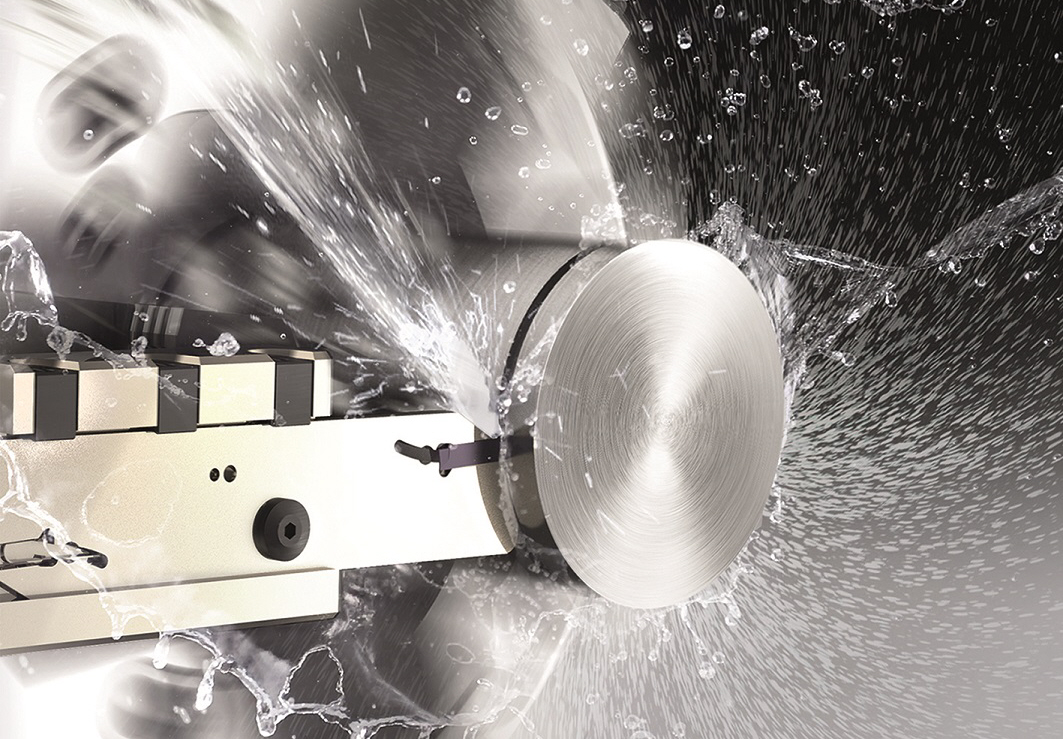For the precision cutting of components and slots, Floyd Automatic Tooling is introducing the Alesa Nutex Star Mini system to complement the existing line of Nutex saws. The latest addition to the Nutex system incorporates a powerful interface with small shank diameters that helps to extend the application possibilities.
Available with a complete range of saw blade diameters and widths complemented by a comprehensive selection of tool holders, Floyd Automatic says that the Nutex Star Mini system is suitable for all machine shops.
Precision cutting is derived from the saw and holder having an identically ground seven-cam interface. This design makes the mounting of blades a self-centring proposition that is backlash-free. Furthermore, the saws can be supplied hollow-ground or in the proven ‘Plus’ design with side relief angle. The mounting process is rapid and precise credit to a central screw system that enables fast and easy fitting on the long solid-carbide holders.
Notably, the seven-cam design also ensures that cutting forces transmit evenly and tangentially, which enables the transmission of significantly higher cutting forces through the system, especially when compared with rival systems that offer two, three or four driving cams. The benefit for the end user is two-fold with improved precision and process reliability, particularly when cutting challenging materials such as aerospace or medical-grade alloys that demand increased torque.
To enhance swarf removal and prolong tool life, Alesa has developed the Nutex Star Mini system with through-coolant supply. The internal coolant supply delivers coolant directly to the saw surface via internal cooling channels in the tool shanks. These tool shanks are manufactured from steel or, optionally, solid carbide to enhance rigidity, performance, vibration dampening and tool life.
For further information www.floydautomatic.co.uk






